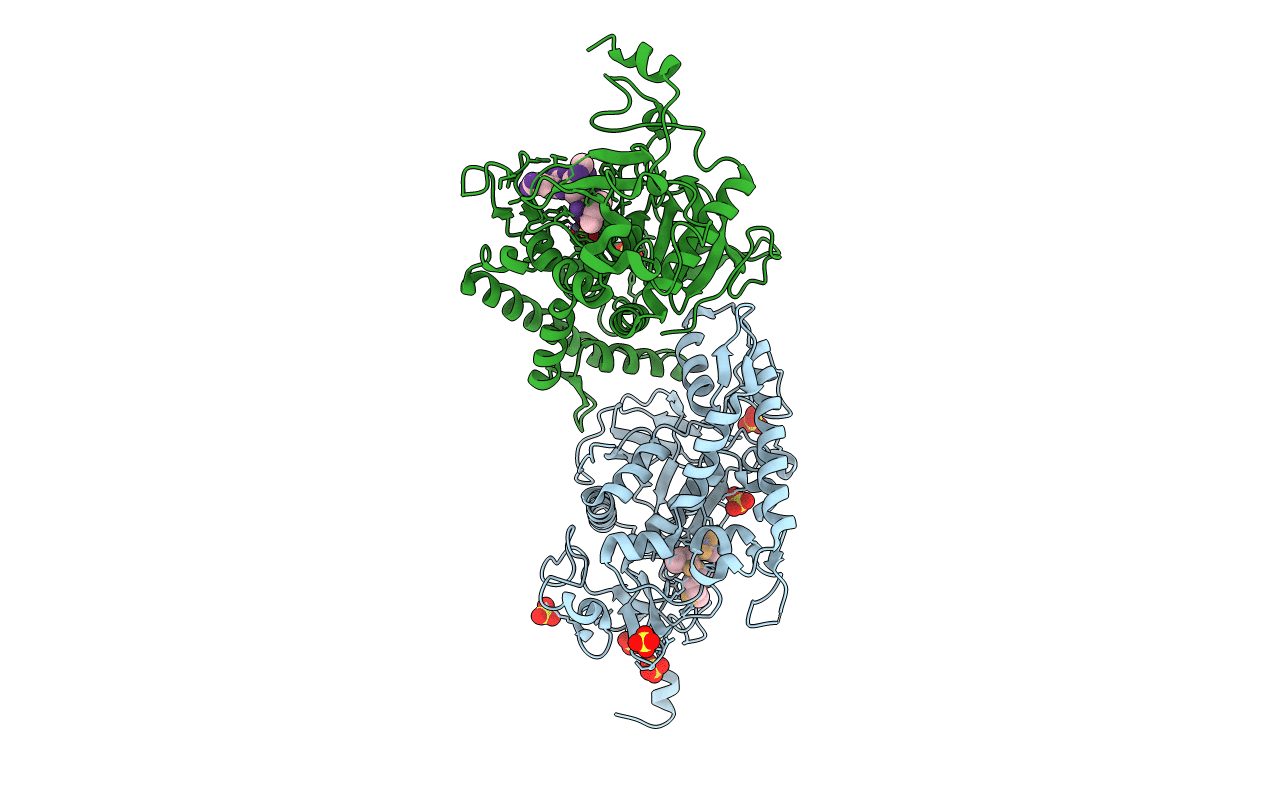
Deposition Date
2008-05-13
Release Date
2008-07-08
Last Version Date
2024-10-30
Entry Detail
PDB ID:
3D3X
Keywords:
Title:
Crystal structure of botulinum neurotoxin serotype E catalytic domain in complex with SNAP-25 substrate peptide
Biological Source:
Source Organism:
Clostridium butyricum (Taxon ID: 1492)
Host Organism:
Method Details:
Experimental Method:
Resolution:
2.25 Å
R-Value Free:
0.28
R-Value Work:
0.23
R-Value Observed:
0.23
Space Group:
P 21 21 2


